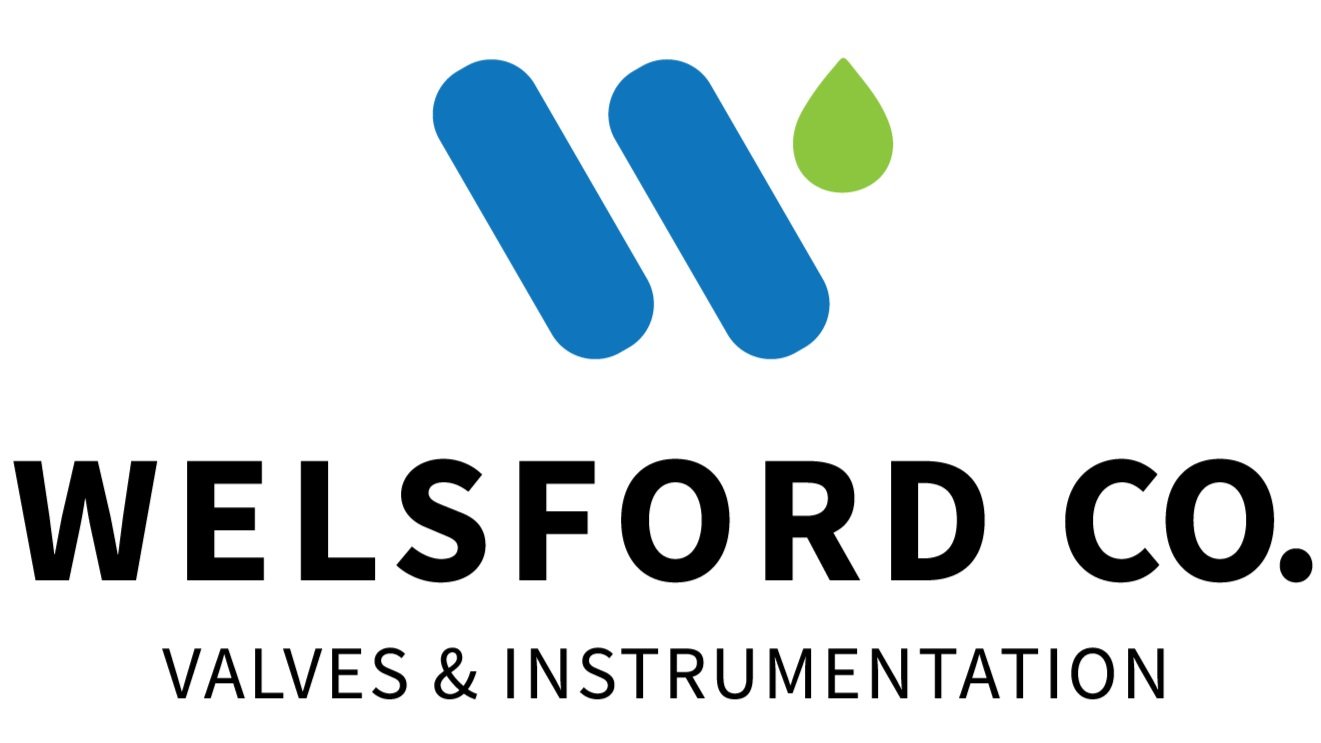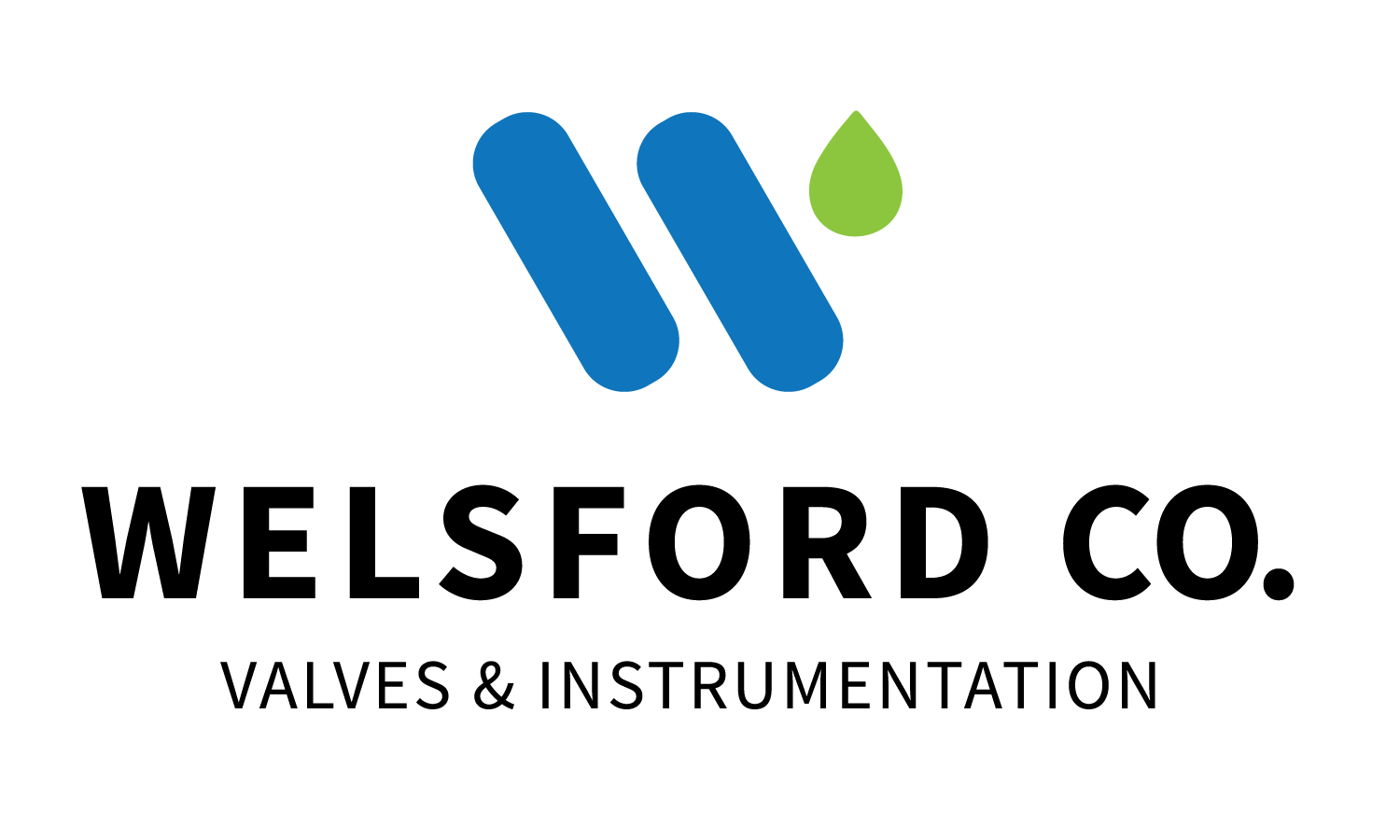Crucial Role Of Check Valves In Piping Systems
Introduction
A check valve, or one-way valve, is designed to permit fluid flow in one direction only. The opening and closing of these valves is dependent on the pressure of the service medium. A differential pressure must exist between the outlet and the inlet ports of the valve for it to operate. The valve will open when the inlet pressure is higher than the outlet pressure. However, the valve closes if the outlet pressure exceeds inlet pressure. Check valves operate automatically and do not require use of levers or actuators. These valves require a minimum upstream pressure to activate, called the cracking pressure.
Check valves are available in different designs and sizes to fit various industrial applications. These valves have different closure mechanisms to adapt to specific fluid flow applications. The most popular types of check valves are:
Wafer-type check valves
Swing check valves
Ball check valves
Tilting disc check valves
Industrial valves handle fluids with varying physical and chemical conditions. Fluid flow can be uniform or pulsating, with some pipelines experiencing insignificant fluid reversal, while others experience severe reversal. In most processes, check valves are installed to prevent backflow and contamination. These one-way valves must be installed in the correct orientation to ensure fluids flow in the desired direction. Here are the crucial roles of check valves in industrial, commercial and public water supply pipelines.
Preventing Fluid Contamination
The complexity of industrial piping systems vary from one application to the other. These pipelines draw fluids from different reservoirs. In other applications, service fluids are dosed in specific quantities. It is desirable for the fluids to flow in a specific direction. In public and residential water pipelines, treated water must be protected from contamination by wastewater and sewage.
The installation of check valves in different pipeline configurations prevents the backflow of fluids, which is the leading cause of contamination. When reverse flow occurs, fluids flow to the wrong reservoirs. Such contamination poses a safety risk when dealing with reactive chemical media. It also affects the efficiency of processes since the impurities may damage components like seals and pile more pressure on pumps and auxiliary pipeline equipment.
Public water supply systems adhere to strict health and safety guidelines. They often feature multiple check valves at the treatment plants and consumer premises. The valves prevent treated water from flowing into untreated or wastewater reservoirs. Additionally, check valves are installed on sanitary faucets in buildings to protect drinking water pipelines from the dire effects of backpressure, backsiphonage and reverse flow: this allows contaminated water – containing pathogens and microorganisms – to enter the main water supply lines.
Protecting Critical Upstream Equipment
Industrial processes operate under precise pressure levels. They require the installation of critical equipment like pumps, compressors and flow meters to manage flow rates and fluid pressure. When dealing with contaminated fluids, filters are installed to remove impurities and provide additional protection for pumps and other equipment.
Check valves protect upstream equipment from the adverse effects of reversed fluid flow, such as the water hammer. Water hammer often occurs when the pumping unit stops before the non-return valve closes fully. The service fluid rapidly changes the flow direction, forcing the valve closure mechanism to slam against the seat.
Pipelines which are prone to water hammer are fitted with check valves containing end-stage dampers to provide maximum protection to pumps and other critical systems. Pumps, filters, meters and compressors are costly and require plenty of time and labor to repair or replace.
Low Pressure Relief
Spring-loaded check valves can act as pressure relief devices in low-pressure fluid applications. The check valve relieves excess system pressure if upstream fluid force exceeds the spring force. It causes the valve closure mechanism to move away from the seat and permit limited flow of fluid to release the pressure in the pipeline.
Check valves are utilized as vacuum breakers in different piping systems. They permit air into the piping system to remove the vacuum created when fluid reservoirs are pumped down or in systems where pipe elevations change rapidly. Check valves operate as vacuum breakers in systems experiencing thermal changes that create vacuums due to volumetric changes of the service fluid.
Preventing Drainage
As mentioned earlier, check valves are available in different designs and sizes for specific fluid applications. In certain piping systems, fluid is pumped from a suction to a discharge reservoir. The fluid will flow in a specific direction, provided the pump is running. However, the probability of reversed fluid flow is high when the pump stops. Under such circumstances, the pumped fluid flows back to the suction reservoir.
Drainage due to reverse flow increases process inefficiency and can result in damage of piping systems due to a sudden pressure pile-up and sudden change in the direction of flow. To prevent drainage, piping systems are fitted with foot check valves, which keep pumps primed and prevents reversed flow.
Criteria For Selecting Check Valves
Check valves keep piping systems safe and free from contamination. Process engineers must choose the correct sizes and designs of check valves to enjoy the numerous benefits associated with them. When selecting a check valve for an industrial fluid application, evaluate the following factors:
Type of Fluid Application
Understand the physical and chemical properties of the intended fluid application. Check valves for chemical and water treatment pipelines should possess fast shut-off capabilities. It helps engineers to decide on the most appropriate material choices and type of check valve to install. Valves for vertically-oriented pipelines are different from those of horizontal pipelines.
Cracking pressure is the minimum upstream fluid pressure that is required to open a check valve to permit the flow of fluids. The check valve chosen for a particular application must have the correct cracking pressure limit. Check valves with high cracking pressure will be tenable for high-pressure pipelines only; low cracking pressure renders the check valve unfunctional as the slightest fluid pressure causes it to open.
Orientation of the Pipeline
Check valves are designed for installation in different pipe orientations. Some are exclusively designed for horizontal pipelines, while others work in vertical pipelines only. Do not mix horizontal and vertical service check valves.
Summing Up
Check valves have different benefits in industrial piping systems. They ensure fluids flow in one direction and prevent reversed flow, which can significantly impact the efficiency of piping systems. Check valves have specific cracking pressures, making them suitable for particular fluid flow applications.
The installation of check valves in pipelines increases safety and guarantees optimal process uptime. Check valves are cost-friendly and protect and extend the lives of critical upstream equipment. Always consider the orientation of the piping system and the operating pressure and temperature ranges when selecting check valves for different applications.

